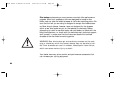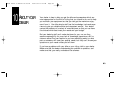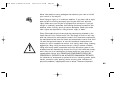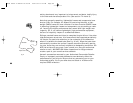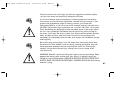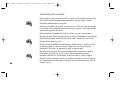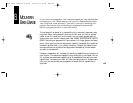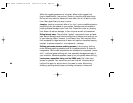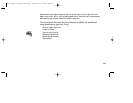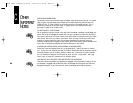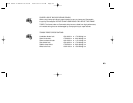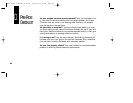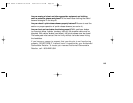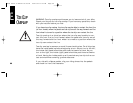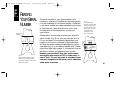90
While the rugged appearance of mountain bikes might suggest that
they’re indestructible, they are not. Certainly, they are tough and sturdy.
But as with any machine, abuse will soon take a toll on its ability to per-
form. More specifically, be sure to avoid:
Jumping. Jumping a mountain bike is fun, but it puts incredible stress on
everything from your spokes to your pedals. Perhaps most vulnerable to
jumping-related damage is your front fork. Riders who insist on jumping
their bikes risk serious damage, to their bicycles as well as themselves.
Riding through water. The so-called “sealed” components (such as head-
sets, bottom brackets and hubs) are effective at keeping mud and grit out
of your bearings. Water, however, is a different story. Any mountain bike
that is exposed to large amounts of water will require a complete bearing
overhaul to prevent extensive – and expensive – damage.
Shifting gears under extreme pedaling pressure. Like jumping, shifting
under extreme pedaling pressure puts an incredible amount of stress on
components. While most components can withstand an occasional “power
shift,” continual power shifting will most assuredly damage some part of
your drivetrain. Whenever possible, ease up on your pedals when shifting.
Land access, responsible riding, and the IMBA code. Don’t take land
access for granted. Your actions on your next ride will influence which
trails will be open for bicycle use in the years to come. Minimizing
skidding, avoiding muddy areas, and being courteous to hikers and
2000 owner's manual 10/27/99 10/27/99 11:16 AM Page 90



